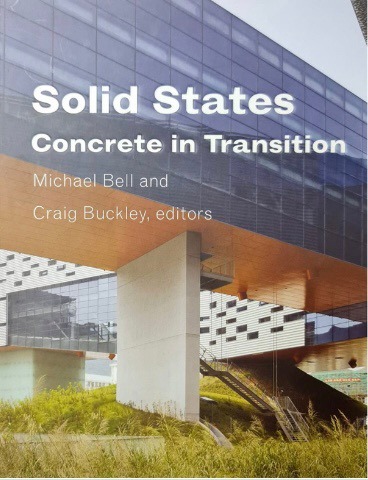Solid States: Concrete in Transition
DOI:
https://doi.org/10.56261/built.v20.247393Keywords:
concrete, architecture and engineeringAbstract
Concrete develops through all the history timelines of human affairs. We already have the progress of architectural form by space organization, concrete construction, and facade design. Especially, the works of Le Corbusier dedicated himself to the potential buildings in all the variation industrial concrete form,spectacular curve, the quote “machines for living”. (Palley, 2010). Furthermore, the great architects such as, Louis I Kahn, Oscar Niemeyer, Eero Saarinen, and Paul Rudolph have generated ideas to cut the restriction of concrete characteristic. The masterpiece reflects the concrete qualities, then created new tracks of concrete construction, such as curve form, organic shape, etc. through their masterpiece.
Downloads
References
Reference
Palley, R. (2010). Concrete: A Seven –Thousand – Year History. New York: The Quantuck Lane Press.
Bell, M. & Buckley, C. (2010). Solid States: Concrete in Transition. New York: Princeton Architectural Press.

Downloads
Published
How to Cite
Issue
Section
License
Copyright (c) 2022 International Journal of Building, Urban, Interior and Landscape Technology (BUILT)

This work is licensed under a Creative Commons Attribution-NonCommercial-NoDerivatives 4.0 International License.











